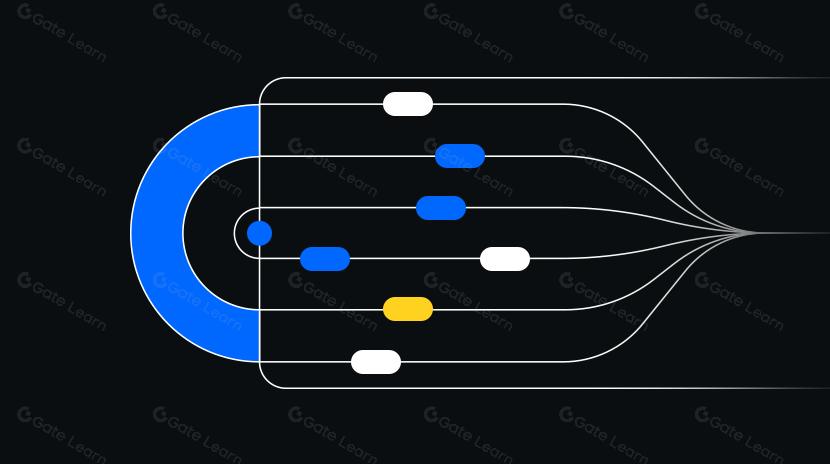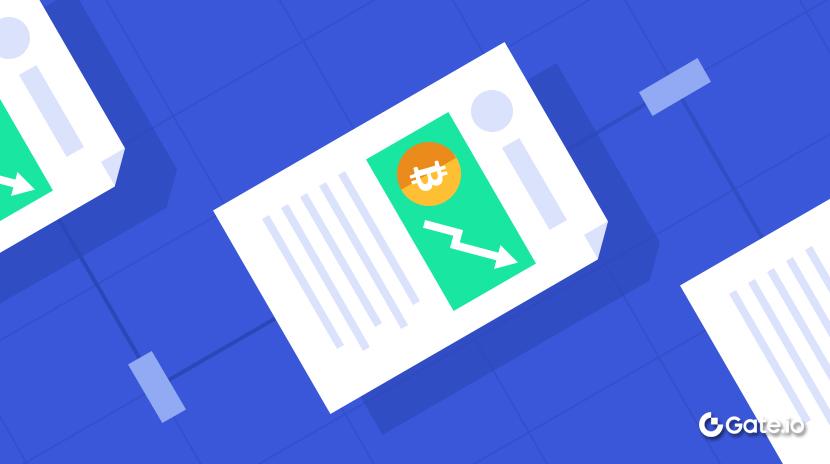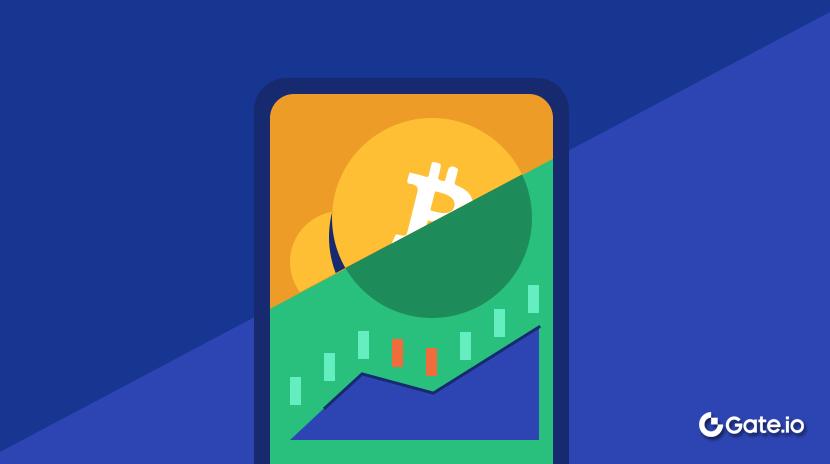p/l meaning

Profit and Loss (P/L) is a key financial metric that measures a trader's investment performance over a specific period, representing the net gains or losses generated from all completed and ongoing trades. In cryptocurrency trading, P/L serves not only as a critical basis for trading decisions but also as a core indicator for evaluating the effectiveness of investment strategies. P/L can be expressed as absolute amounts (e.g., $1,000 profit) or relative percentages (e.g., 20% return on investment), allowing investors to clearly understand the growth or decline of their capital.
Key Features of P/L
Realized P/L: Refers to actual gains or losses from completed trades, confirmed when assets are sold. For example, buying Bitcoin at 5,500 results in a realized P/L of +$500.
Unrealized P/L: Also known as "paper profits or losses," represents theoretical gains or losses on currently held assets calculated at current market prices. This portion of P/L has not been confirmed through selling and may still fluctuate with market movements.
Total P/L: The sum of realized and unrealized P/L, reflecting the overall performance of an investment portfolio.
Intraday P/L: Profit or loss fluctuations within a trading day, particularly important for short-term traders.
Cumulative P/L: The total P/L calculated from account opening or a specific start date, used for long-term performance evaluation.
P/L in Basis Points: P/L measured in one-ten-thousandth units of the principal investment, facilitating standardized comparison between investments of different scales.
Market Impact of P/L
P/L data profoundly influences cryptocurrency markets, shaping trading behaviors and market sentiment. First, P/L situations of large institutional investors and whale accounts often trigger chain reactions—when these entities face significant losses, they may trigger forced liquidations, leading to violent price fluctuations and market panic. Second, P/L psychology plays a crucial role in markets, with investors generally exhibiting a "disposition effect"—the tendency to sell profitable assets too early while holding losing assets too long, which collectively amplifies market volatility.
Furthermore, P/L data influences leverage usage patterns. In bull markets, traders with active profits often increase leverage ratios, enhancing market liquidity but simultaneously increasing systemic risk. In bear markets, continued losses lead to reduced leverage, liquidity contraction, and exacerbated downward trends. Finally, aggregated P/L data from trading platforms constitutes valuable market sentiment indicators, which analysts use to predict short-term market movements and potential turning points.
Risks and Challenges of P/L
P/L management in cryptocurrency trading faces multiple complex challenges. First is the issue of calculation accuracy—multi-platform trading, cross-chain asset transfers, DeFi interactions, and NFT transactions make P/L calculations extremely complex, especially when tax reporting is involved. Second, extreme volatility renders traditional risk control models less effective—cryptocurrency markets operate 24/7 and prices can fluctuate dramatically in short periods, potentially causing traders to suffer significant losses while sleeping.
Additionally, emotional biases severely impact P/L management—psychological factors such as FOMO (Fear Of Missing Out) and FUD (Fear, Uncertainty, and Doubt) lead to irrational decision-making. Tax compliance also presents major challenges—different countries have varied and evolving taxation rules for crypto asset P/L, most requiring detailed transaction records and complex calculations. Lastly, the lack of standardized P/L measurement methods makes it difficult for investors to objectively evaluate trading strategy effectiveness, especially when dealing with diversified income sources such as staking yields and liquidity mining rewards.
P/L analysis is an indispensable core skill in cryptocurrency investment. Understanding your P/L situation not only helps make more informed investment decisions but also promotes more disciplined risk management. Whether an experienced trader or novice investor, continuously monitoring, analyzing, and optimizing P/L performance is a key path to long-term success. As crypto markets mature, more advanced P/L analysis tools and methods will continue to emerge, helping investors make smarter decisions in this high-risk, high-reward domain.
Related Articles

Exploring 8 Major DEX Aggregators: Engines Driving Efficiency and Liquidity in the Crypto Market

What Is Copy Trading And How To Use It?
